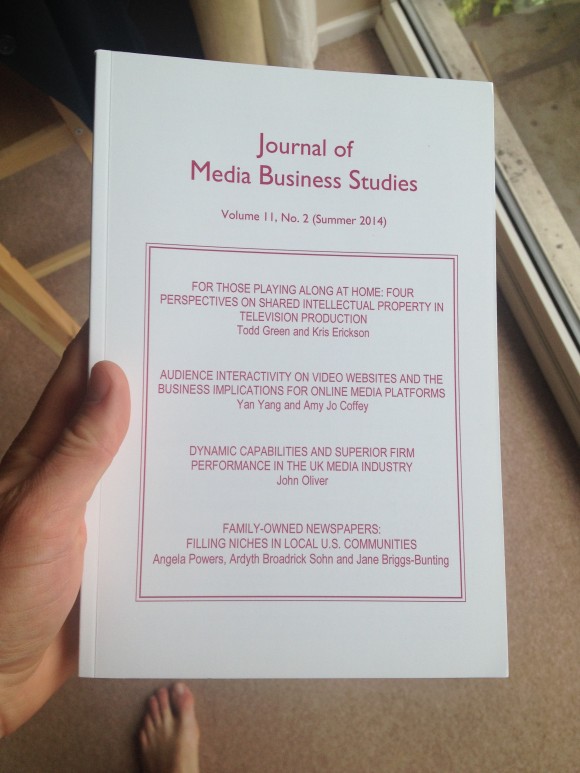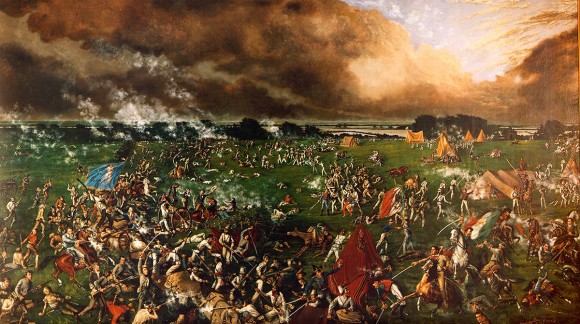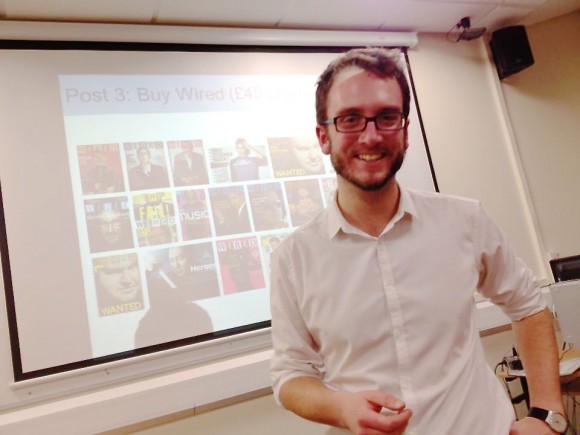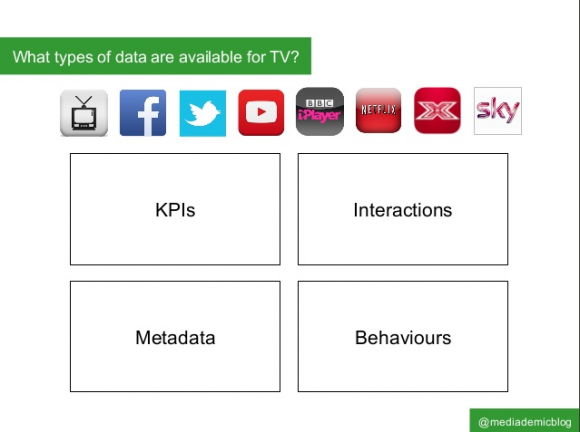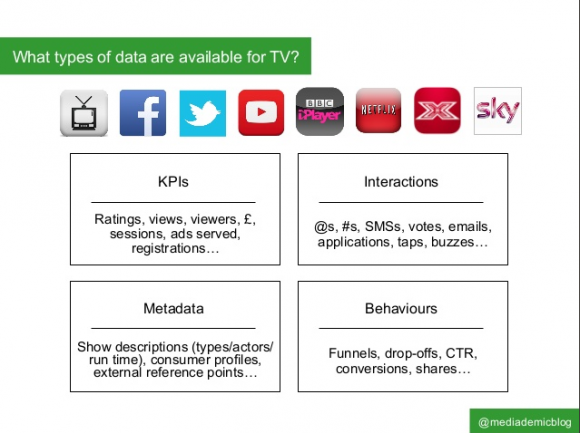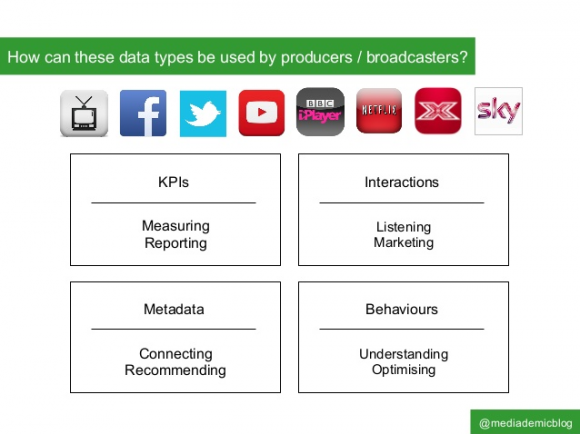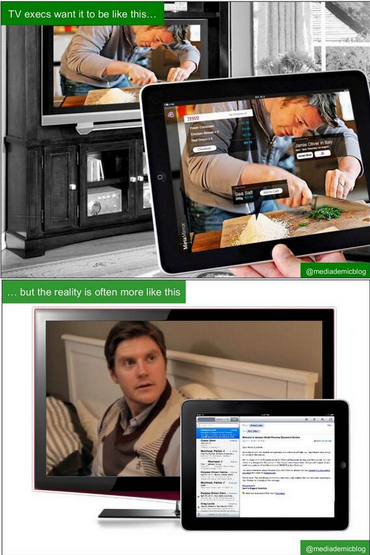Why Media Studies?
From William Merrin, via David Gauntlett:
The discussion of digital media is happening everywhere today – among the public, commentators, the media, the government and within nearly every other academic discipline… [Media Studies] has the potential to be one of the most important subject areas going into the 21st century, at the forefront of debates around digital technologies and their remaking of the world.
That’s exactly why I find it so interesting.
But more interesting to me today is the realisation that there is nothing inevitable about Media Studies as the locus for these debates:
The discussion of digital media is happening everywhere today – …. [e]verywhere, that is, except in media studies where it remains an optional interest and where the broadcast mindset and conceptual categories prevail. But the broadcast model and its audiences are the past of the discipline and so too are many of its major approaches.
The discipline, therefore, faces a choice. It has the potential to be one of the most important subject areas going into the 21st century, at the forefront of debates around digital technologies and their remaking of the world. But equally it has the possibility of being left behind, its focus on reception and content and broadcast forms and concepts condemning it to an increasing irrelevance for everyone but itself. Media studies has no necessary right to lead debates on media: it has to fight to prove it understands it better and has the most effective critical tools to train and guide its students and the public in the future.
More to follow. Clearly there is more to learn about the position of Media Studies vis-a-vis other subjects. To me that leadership position had seemed natural – but I can see now that when a subject matter becomes so pervasive, it may be broken up for parts by existing disciplines.
One screen bad, two screens good?
Interactive applications are often evaluated by scholars according to just how interactive they are.
Applications are positioned on a scale: it is seen to be better when there are more opportunities for the audience to interact, and better still when those interactions have more power to change the media product with which the interactions are occurring.
This is rather subjective. Does more frequency or more visible impact really make an interactive experience more fun, more interesting, more exciting? I think not.
Consumers value interactivity the most when it makes the most sense.
The best interactive opportunities are natural extensions of existing behaviour. More on this (and a typology, my favourite!) in a future post. But for now, imagine that someone is watching a gameshow – what are they doing while they watch? Thinking of or shouting out the answers to the questions. So the ‘best’ type of interactivity to offer is a way to answer the questions. That’s what the audience is already doing – you’re just providing a new outlet. Add in a couple of social features and you’ve probably done 90% of the best you can do.
When considered like this, it’s clear that more frequent or more impactful interactivity should not be the aim. There’s no need. Keep it simple and keep it aligned with existing behaviours.
Top 5 posts of 2013 on mediademicblog.com
Since launching this blog in the summer I’ve written 18 posts, had around 1000 pageviews, given three guest lectures, and supervised three final-year dissertations.
Here are the top five posts so far:
A typology for interactivity in TV
The strange case of Newbury and Maidenhead
#DoctorWho and the Norwegian Texters
My aim in creating this site was to provide a home for my academic/teaching work, and an outlet for combining academic ideas with industry experience. I’ve enjoyed it so far, and I hope you have too.
So thanks for reading. Happy new year. And see you in 2014!
~ Todd
Toto, I’ve a feeling we’re not in binary any more
As social networks grow up, they grow acne and facial hair.
But they also start to mature, and to become more complicated.
Analysts that are unaware of those changes risk missing out on some of the subtleties.
danah boyd’s ‘None of this is real’ describes what Garde-Hansen calls “the binary logic of computer culture” expressed in Friendster/Facebook’s friendship model:
Participants feel pressure to accept connections with people they do not regard as friends simply so that they do not have to face the challenge of rejection.
This is undoubtedly true – and I have accepted many non-friends’ connection requests too.
But I believe that boyd’s notion of a binary logic is becoming outdated as social networks like Facebook grow up.
There have long been features available in Facebook that enable a user to shape their relationships with specific individuals or groups of users – for example, I have some my more distant friends on the in-built ‘acquaintances’ list feature to restrict how many of their posts appear in my newsfeed, and I use the ‘restricted’ feature for certain professional connections to minimise the extent to which they can view my content.
These are tools for power users. But they are also tools that align perfectly with Facebook’s mission to show you only the best, most relevant content at any one time. So expect them to become more prominent, and perhaps more automated, future.
And they are tools that disrupt the idea of a binary logic, of friend/not friend, of a robotic on/off computational system, underlying Facebook and other social networks.
They are becoming more nuanced – more human. Or at least they are trying better to reflect how humans interact in real life. And real life is very far indeed from being binary.
+++
Garde-Hansen, J. (2009). My memories? Personal digital archive fever and Facebook. In Save as… Digital memories, ed. Garde-Hansen, J., Hoskins, A., and Reading, A.. London: Palgrave Macmillan, p.142
Full text: http://ds.haverford.edu/fortherecord/wp-content/uploads/2012/06/Garde-Hansen.pdf
boyd, d. (2008), None of this is real. In Karaganis, J. (ed)., Structures of Participation in Digital Culture. New York:NY, p.146
The 99%
That’s the proportion who don’t engage, don’t interact.
So the scholarship on interactivity (including mine) is all very well.
But everything we make that’s interactive has to work for them too.
Slides: Programmes as Platforms: How to Understand IP in Interactive TV
Slides from a talk I did for Bournemouth University’s Media School last weekend.
This talk is based on a paper I co-wrote with Dr Kris Erickson of Glasgow University. We first presented it at the European Media Management Association conference in June.
Questions welcome (use the Contact page). Enjoy!
Would you like me to teach your students?
I’ve set up a new page with details of all the teaching I have done:
http://www.mediademicblog.com/teaching/
Drop me a line via the Contact page if you’d like to get in touch.
~ Todd
A typology for data in TV
The Biggest Problem In TV: Split Attention (slides)
Two talks in a week!
Went to Loughborough University yesterday to give a talk to 1st year undergrads + MA students about companion apps for TV shows.
Lots of (hopefully) handy frameworks + examples in there. Someone on Twitter picked this one out earlier:
Here’s the full deck. Questions welcome. T
